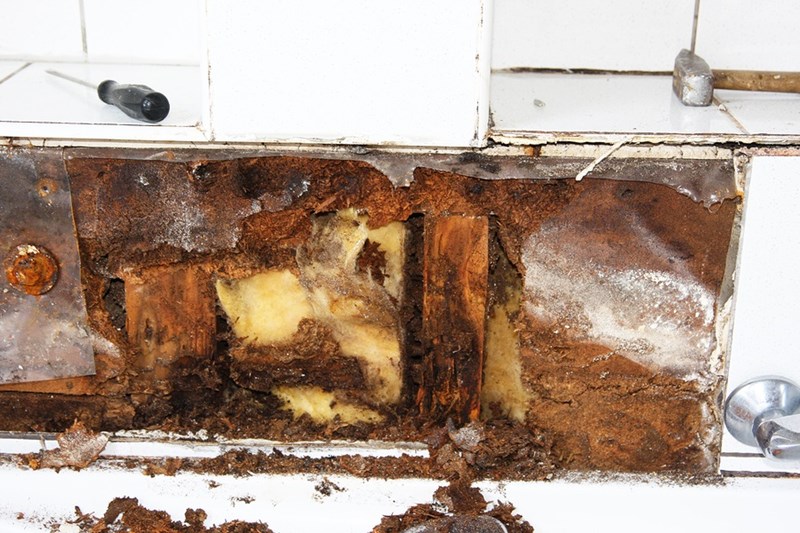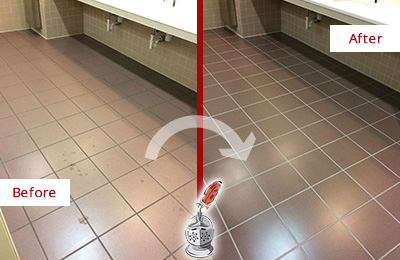The writer is making a number of good pointers on How to Fix a Water Damage Bathroom in general in this post down the page.

The bathroom is extremely susceptible for wet buildup and prospective water damages due to the regular use water in it. This write-up offers straightforward inspection techniques to assist finding water damages threats.
The constant use of water in the restroom makes it very at risk for wet buildup and possible water damages. By inspecting it routinely, you can decrease water related damages.
The following set of assessments is very easy to execute and also need to be done as soon as in every three months in order to keep your restroom in good shape as well as to avoid possible water problems brought on by the bath tub, the shower, pipeline joints and also plumbing, sinks, closets, and also the toilet
Do not disregard doing these examinations as well as be complete while doing them. Bear in mind that these basic assessments can save you a lot of money by offering early indications for water damages
Tub as well as Shower
The shower as well as tub require special attention and upkeep. Examine the floor tiles as well as replace if broken. Make sure that there is no missing out on cement between the ceramic tiles. Examine and change fractured caulking at joints where the wall surfaces satisfy the floor or the bathtub. Obstructed drains pipes and pipelines troubles will certainly avoid the bathtub from drying and also might suggest serious problems under the tub. Speak with a specialist promptly to prevent architectural damages. Take note of stainings or soft locations around the tub wall surfaces as they might show an internal leak.
Plumbing
Signs for water damages are hard to find considering that many pipelines are set up inside the walls.
Pay unique attention to floor covering and wall surfaces dampness as well as discolorations as they may show an invisible plumbing issue. Check wetness degrees in adjoining areas also.
Sinks as well as Cabinets
Sinks as well as closets are exposed to dampness and also moisture everyday as well as are commonly forgotten. Examine consistently under the sink as well as on the countertop over it. Fix any drip in the catch as it may suggest drainpipe troubles. Look around the sink, slow-moving draining pipelines might indicate an obstructed drain. Change sink seals if they are split or loose.
The Bathroom
The toilet is an at risk water joint. Check the water lines and look for leaks around the commode seat, in the hose pipe, and also under the water storage tank. If you detect any type of signs of wetness on the flooring around the bathroom, look for leaks in the toilet edge and also tank seals.
Realize that hanging toilet dish deodorants boosts the chances for obstructions.
TIPS TO PREVENT WATER DAMAGE IN THE BATHROOM
The average household uses approximately 80-100 gallons of water per person per day. For a family of 4, that's almost 2,500 gallons of water a week! The largest portion of this consumption comes from bathroom use. Flushing the toilet uses the most water, followed by taking a shower or bath. With that much water running through the home, water damage in the bathroom is bound to happen. Knowing how to spot signs of a water leak is essential to preventing long-term damage. This guide provides you with tips to reduce the impact of water damage on your bathroom.
CAUSES OF BATHROOM WATER DAMAGE
- Pipe breaks are the most common cause of water damage we see in our daily jobs. The age of a pipe plays a large role in a pipe break as well as corrosion. Over time, the metal begins to break down, allowing water to escape. Frozen pipe breaks are also a concern in the winter months.
- Toilet overflows caused by paper products or children flushing inappropriate items.
- Degraded caulking around the toilet or bathtub can allow water seepage, sometimes behind the fixture, into the subfloor or walls.
- Condensation forms when the water in a pipe is cooler than the air temperature. Beads of water form on the exterior of the pipes, sometimes so much so that the water begins to drip and pool below.
- Sink or shower backups created by poor drainage.
HOW TO PREVENT WATER DAMAGE IN YOUR BATHROOM
- Inspect your toilet supply line for worn or frayed hoses and replace them as needed.
- Winterize your plumbing to prevent a frozen pipe break.
- Use vent fans to prevent condensation that can lead to mold growth.
- Routinely check and replace degraded caulking around your toilet or bathtub.
- Increase the temperature in your toilet tank and insulate your pipes during the warm summer months to keep condensation from forming.
- Use child safety locks on the toilets.
- Flush only toilet paper. "Flushable" wet wipes are actually not good for your plumbing system. Additionally, feminine hygiene products should not be flushed.
- Prevent water from escaping the tub or shower. Make sure shower curtains are in good condition. Inspect shower doors and replace the seal strip if necessary.
- Wipe up any water that accumulates on the floor and use bath mats. Water left to sit can cause damage to the tiles and flooring.
- Refrain from using bath products containing heavy oils to avoid a clogged drain.

Do you really like reading up on How to Fix a Water Damage Bathroom? Try leaving a short review directly below. We will be pleased to listen to your opinions about this review. We hope to see you back again soon. Sharing is nice. One never knows, you could be doing someone a favor. Bless you for your time. Visit us again soon.
Learn More
Comments on “Bathroom Water Damage - Ways To Avoid This Happening”